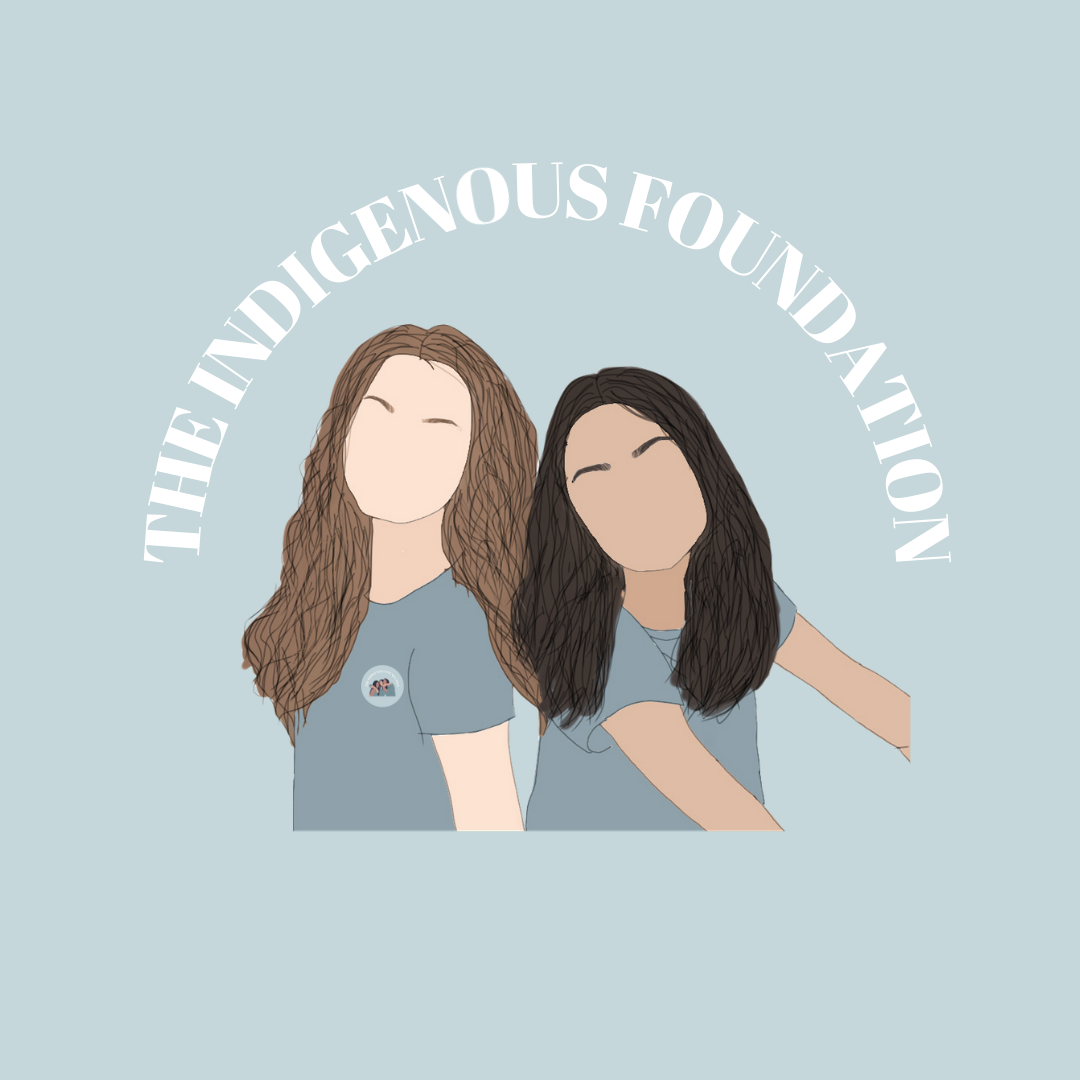Independence Day and Indigenous Peoples
How the 4th of July fails to acknowledge the ongoing struggles of Indigenous and Black folk in the United States.
By: Meera Baswan and Sena Yenilmez
Estimated Reading Time: 3 minutes
Introduction:
July 4th is a day that is meant to celebrate freedom. While the United States and its settlers claimed its independence from Great Britain, this came at a cost of others’ freedom, including the land stolen from Indigenous Peoples, and African American folk who were stolen from their own homelands and forced into slavery.
While Independence Day is meant to celebrate the United States, it places a disproportionate amount of emphasis on a narrative of glory and pride in American history, while failing to acknowledge the negative aspects of American history - including the historical struggles of Native American and African American folk.
The Declaration of Independence and Its Branding of Indigenous Peoples
Independence Day celebrations gloss over the “undesirable” aspects of history - including the involvement of celebrated historical figures such as Thomas Jefferson and George Washington, and their branding of Indigenous Peoples. In fact, the Declaration of Independence refers to Indigenous Peoples as “merciless Indian savages.”
Indigenous leaders in the Midwest referred to the American Revolution in 1784 as “the greatest blow that could have been dealt [to] us.” As a result of the Declaration of Independence on July 4th, there was a flood of white settlers released onto Indigenous lands. As the population of the white settlers increased and the US continued to grow, the Indigenous population greatly decreased, along with tribal homelands and cultural freedoms.
Indigenous Celebrations
In the 1880s the US government developed the Religious Crimes code, which forbade Indigenous ceremonial life. These regulations banned Indigenous dances, feasts, religious practices, and destroyed or took away sacred objects, all under threat of imprisonment and the withholding of treaty rations.
It was only until the mid-1930s where Indigenous groups were finally permitted to practice their cultural ceremonies. Throughout this time, Indigenous celebrations were either held in secret, or ceased to exist.
In response to this longstanding cultural repression, many Indigenous groups have seen the 4th of July as a day to continue their important ceremonies, and celebrate their own culture, which in earlier years, had been forbidden.
Due to this, a large number of Indigenous ceremonies actually take place during July 4th. They also use this day to acknowledge and honor Indigenous veterans - the Navajo Tribe of Arizona and Pawnee of Oklahoma being two examples of this.
Actions to Take
The Fourth of July can be used as a day to reflect on the United States’ history and acknowledge the irreversible harm that has been done to many groups of people. It can also be used as an opportunity to address the whitewashed retelling of the American Revolution.
You can also support Indigenous Movements, like LANDBACK. This is a movement that works on getting Indigenous people their land back. It goes beyond this to include respecting Indigenous rights, preserving languages and traditions, and ensuring food sovereignty, housing, clean air, and water.
Always centre Black and Indigenous voices.
Sources
https://www.culturalsurvival.org/news/united-states-independence-masked-genocide-and-imperialism
https://www.peoplesworld.org/article/july-4th-whose-independence-day-is-it/
https://grist.org/fix/indigenous-landback-movement-can-it-help-climate/


